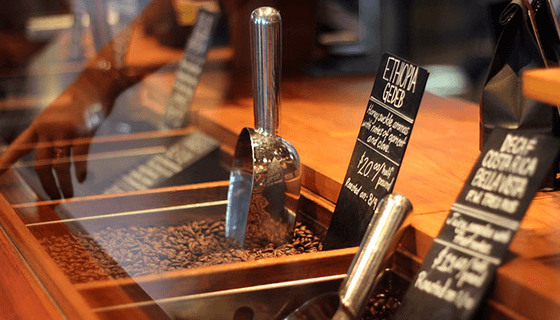How To Find The Perfect Price
How To Find A Price That Sells Lots …. And Makes You Even More Dosh
How do you decide the best price for a JV product?
I’ve read a lot of very complicated, scientific theories on this. And I’m not sure any of them work. So here I’m going to run through a few very simple tips which I think you will find very useful.
Firstly, you need to know the economics of your business. You’ve got to know the price of your product and all your other overhead costs – like mailing, fulfillment and your partner’s JV commission. And you’ve got to add on a little bit …. well preferably a lot …. as a profit margin. It stands to sense that your perfect selling price has to be at least what all those amounts add up to.
Now what about the price in terms of marketing pull. Well, although it seems logical, charging the lowest price you can afford to charge is probably not the best strategy. You have to understand a bit about your product and your customer to know how price pushes their buying buttons.
To give you an example: I’ve seen modern art for sale in fashionable, posh-part-of-town art galleries at £250, £350, £500 and even more. Presumably someone must buy them, because those sort of upmarket businesses seem to do very nicely thank you. Then again, I’ve seen much the same thing up for sale in discount stores for £15 …. but they just sit gathering dust for months. You see, there’s something about the fashionable gallery environment that attracts the higher spending customer and persuades them to spend more on what they want. It’s just the same for lots of other JV-related products.
With every product there will also some level of price resistance. Together with various price points which the customer is happy to buy at. In the information manual and DVD business the first price point might be £29.95 – a point where sales drop off if you go beyond it. However, once you pass that point there might be no significant difference in sales conversion rates between £39.95 and £79.95. That means that if you can’t price it at £29.95 you might as well price it at £79.95! There are other variables of course, such as the exact contents of the package, but many times it works like that.
Every product or service has its own range of price points. You have to take some time to find out yours.
What about ‘full pound’ prices – £30 versus £29.95 or even £29.99. This is one of those great marketing talking points. Often I find that a price ending in .95 works better than .99, .89 works better than .95 and odd pound figures almost always outsell even pound amounts.
If you sell on installment terms or finance you might not headline on the total price at all. I have seen lots of courses sold on offers such as ‘3 Monthly Payments Of Only £27.89’. In these cases, it’s important to get the installment price right rather than the total price. (Which in this case is a totally bizarre £83.67, but you might well find that it works very, very well.)
I will, however, make this very important point: The skimpier the sales job you do the lower you cap your price. And if you’re very limited in terms of time and space then the price gets a lot more important.
Try this great technique for seducing your customers! If you think your price seems a bit high and you want to make it look fantastic value then consider using price comparisons, like this ….
| In top brand designer stores you’ll probably pay £180 to £200.In popular discount stores you may pay as little as £49 to £69.
But our direct valued-customer price is just £27.97. |
OK, so let’s try and summarise the secret of great JV pricing in just four simple points:
- The economics of your individual business decides your lowest possible price.
- Knowing your product and your customers will tell you how little they wouldlike to pay – and also how much they will pay.
- Know your individual price points. Testing will help. If you can’t stay within one price point you might as well push your price up to the next one.
- How you present price can make a difference.
